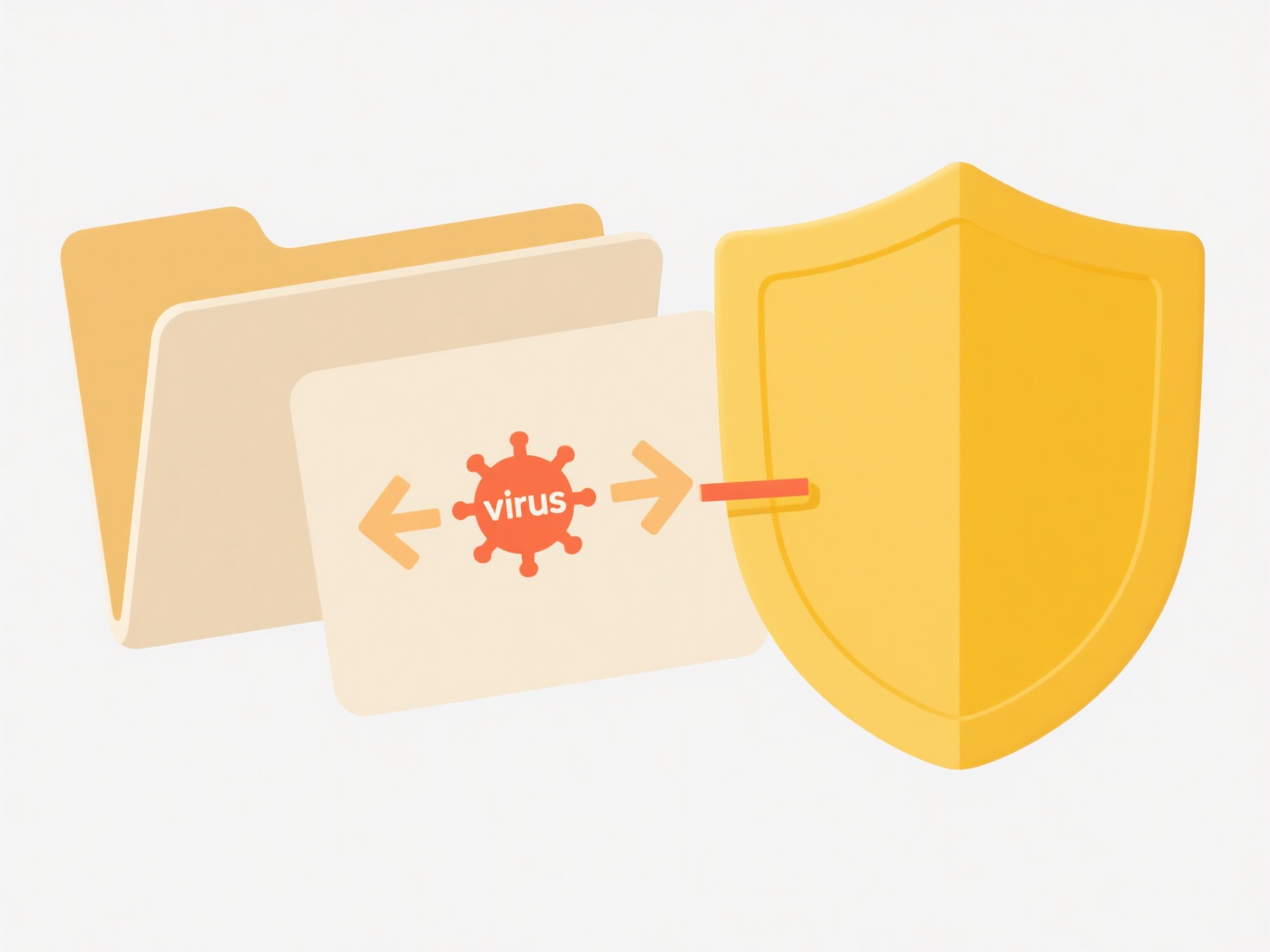
Legacy systems often produce duplicate records during data export primarily due to outdated data handling mechanisms. Unlike modern databases that enforce uniqueness constraints automatically, many legacy systems lack robust validation during data creation or transfer. This can occur when multiple entries for the same entity (like a customer or product) are created over time with slight variations in detail, or when export routines run repeatedly without proper checks for existing records in the target system. Manual data entry, inconsistent key management, and lack of integration capabilities further contribute.
Common examples occur during system migrations or when feeding data to modern analytics platforms. Banks transferring customer data from decades-old mainframe systems to a new CRM often encounter duplicate account entries due to fragmented historical records. Similarly, healthcare institutions exporting patient records from legacy EHRs may see duplicates arise from inconsistent patient ID formats used across different clinics over the years.

The primary drawbacks include data inaccuracies, inflated storage costs, and complications in reporting or analysis. Resolving duplicates post-export is resource-intensive. While manual cleaning or deduplication scripts are stopgaps, this highlights the need for meticulous data mapping, deduplication processes before export, and ultimately migrating away from outdated infrastructure to maintain data integrity.
Why do legacy systems produce duplicates during export?
Legacy systems often produce duplicate records during data export primarily due to outdated data handling mechanisms. Unlike modern databases that enforce uniqueness constraints automatically, many legacy systems lack robust validation during data creation or transfer. This can occur when multiple entries for the same entity (like a customer or product) are created over time with slight variations in detail, or when export routines run repeatedly without proper checks for existing records in the target system. Manual data entry, inconsistent key management, and lack of integration capabilities further contribute.
Common examples occur during system migrations or when feeding data to modern analytics platforms. Banks transferring customer data from decades-old mainframe systems to a new CRM often encounter duplicate account entries due to fragmented historical records. Similarly, healthcare institutions exporting patient records from legacy EHRs may see duplicates arise from inconsistent patient ID formats used across different clinics over the years.

The primary drawbacks include data inaccuracies, inflated storage costs, and complications in reporting or analysis. Resolving duplicates post-export is resource-intensive. While manual cleaning or deduplication scripts are stopgaps, this highlights the need for meticulous data mapping, deduplication processes before export, and ultimately migrating away from outdated infrastructure to maintain data integrity.
Quick Article Links
Can cloud platforms auto-resolve duplicate uploads?
Cloud platforms can automatically detect and handle duplicate file uploads through deduplication technology. This identi...
Why do some users still prefer local storage?
Local storage refers to data kept directly on a user's device—like on a hard drive or SSD—rather than on remote cloud se...
Why are network files slower to search?
Searching network files often feels slower due to their remote location compared to local files on your computer. Networ...